This is part of a flashback editorial series on all things Malaysian. You can check out other flashback articles in the series for a journey through Malaysia’s past.
A sleepy backwater town born of the tin mining industry has, in just a century’s time, become one of Asia’s most vibrant and dynamic capital cities. Welcome to Kuala Lumpur. The Senses team uncovered a handful of vintage photos chronicling what the city once was and what is has become today.
In this archival photo from 1884, virtually nothing is recognisable as the KL of today. Rickety wooden shanties adjoin to form a makeshift township, its inhabitants doubtlessly able to imagine the modern metropolis this scene would transform into over the next dozen decades.
A century ago, all the government’s printing was carried out in this building sited at what is today Jalan Raja and the current location of the KL City Gallery. The Straits Settlements postmark can be seen clearly on this postcard image, along with the date, 25 January 1909.
A true glimpse into a bygone era, this snapshot from the end of the 19th century shows a very different Kuala Lumpur. What was surely one of the city’s very few automobiles can be seen at far left; formost, the horse and carriage (and riding the rails) were the only forms of locomotion in this fledgling city.
This image shows the area around what is today Dataran Merdeka – or Independence Square – in greater detail. Note the confluence of the Klang and Gombak rivers at the photo’s right; the very thing that lent Kuala Lumpur (“muddy confluence”) its name.
Less than 25 years later, and KL had exploded in size and scale. There are a few recognisable landmarks in this photo from circa 1930, none more obvious than the large open field of the Royal Selangor Club at lower left, which would, 27 years later, become the site of Malaysia’s (then known as Malaya) proclamation of independence. Today, the field is part of the area known as Dataran Merdeka.
You could take a similar photo today, as the iconic KL Railway Station still graces the city’s landscape (though in a different capacity), but chances are, there would be lot more cars in the picture! This image from 1960 shows the beautiful edifice in a serene, almost park-like setting.
In this circa 1990 image, you can see the horse-racing track and field that was re-imagined as what is today perhaps the most valuable real estate in Malaysia: KLCC and the PETRONAS Twin Towers.
After a massive excavation effort and the largest and longest continuous concrete pour in Malaysia’s history, the twin towers began to rise. This photo, from May 1994, shows the constructing at a point when the towers’ signature shape is already easily spotted.
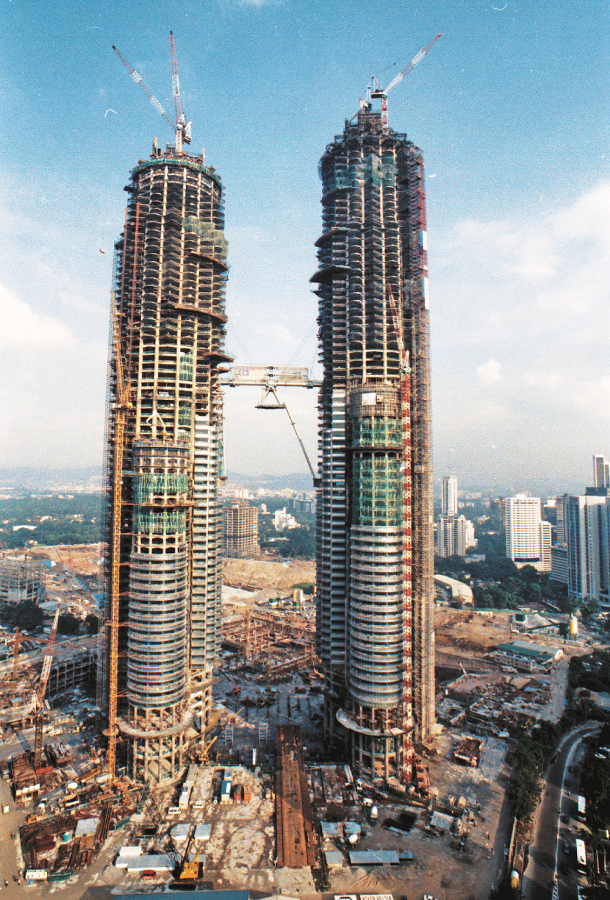
Still almost a year away from completion, the soaring towers had begun to receive their stainless steel cladding.
The towers’ signature element, the double-decker skybridge, has just been lifted into place in this photo from circa August 1995.
Today, the city centre area bears no resemblance to the KL of a century ago. Skyscrapers continue to be built wherever a patch of land can support one, and the city’s skyline is a testament to its success.
An icon of modern Malaysia, the soaring PETRONAS Towers are today still the centrepiece of a stunning transformation in Kuala Lumpur.
This article was originally published in Senses of Malaysia (Jan/Feb 2016) which is available in print here.
"ExpatGo welcomes and encourages comments, input, and divergent opinions. However, we kindly request that you use suitable language in your comments, and refrain from any sort of personal attack, hate speech, or disparaging rhetoric. Comments not in line with this are subject to removal from the site. "

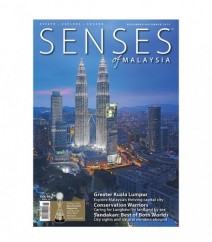

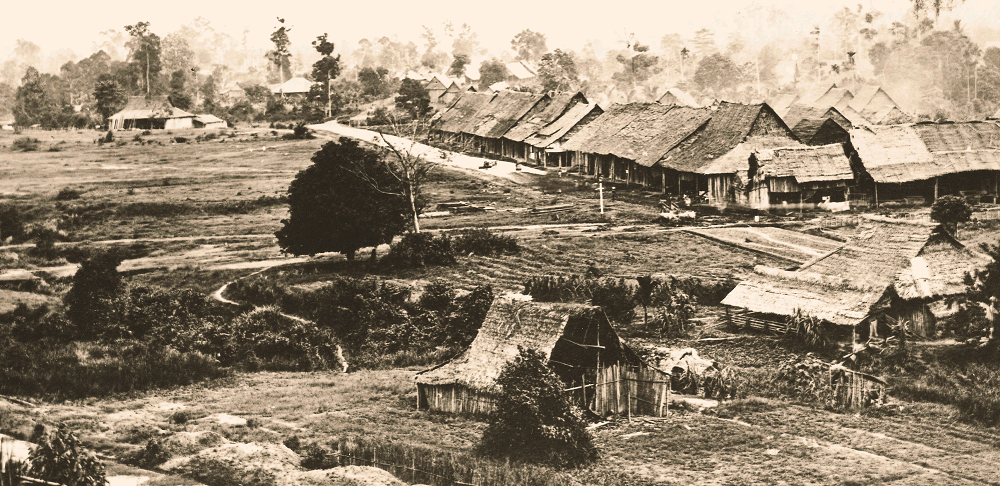
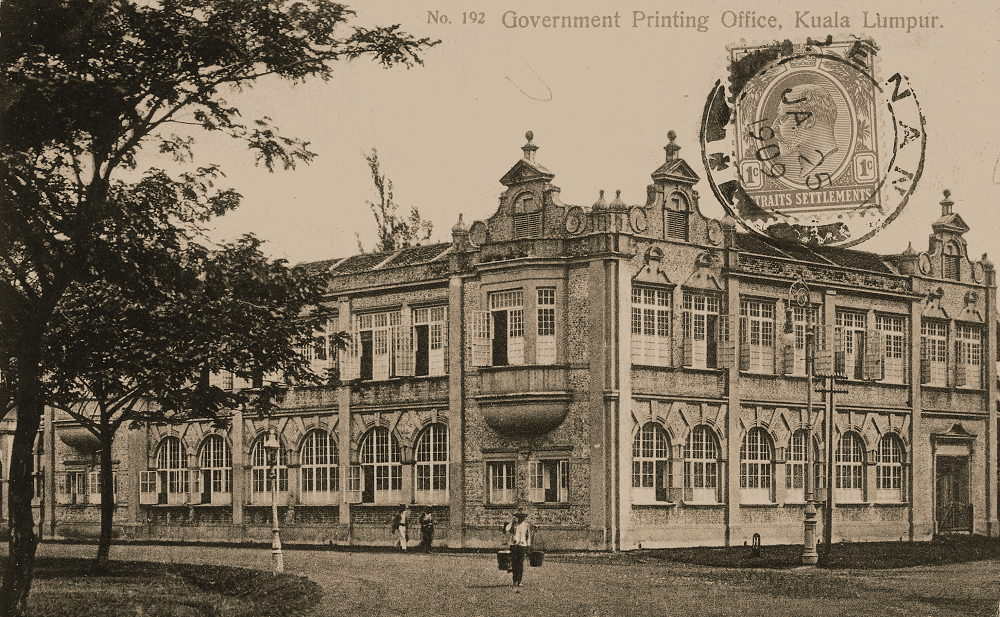
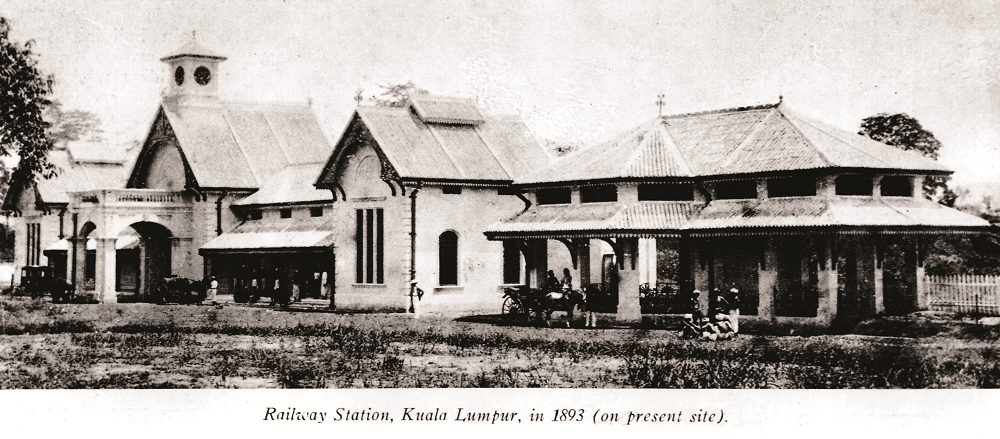
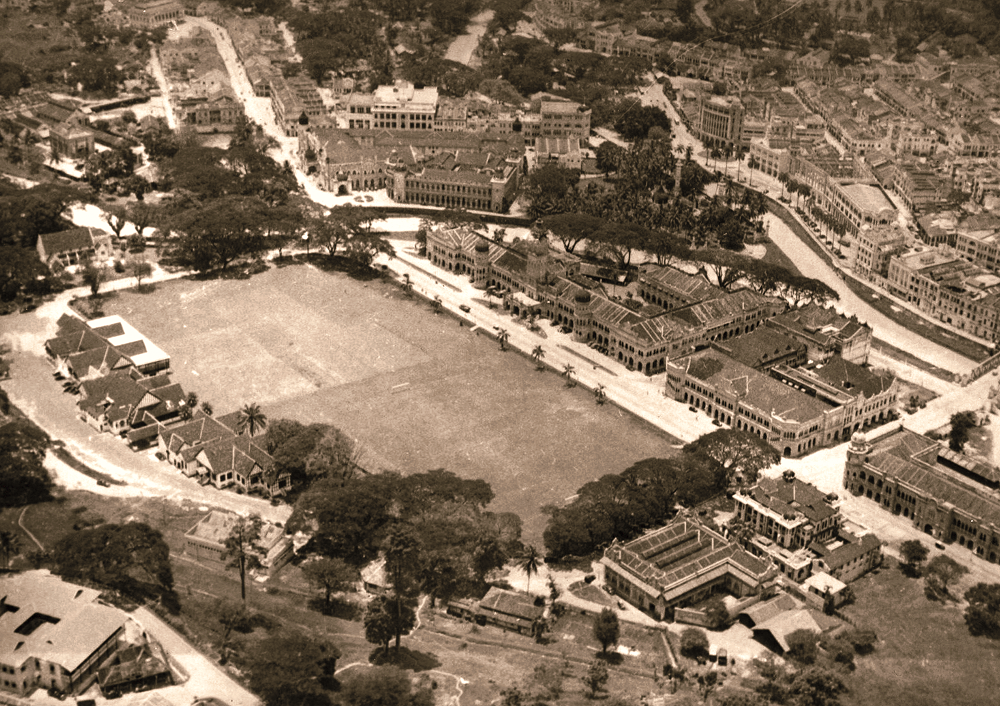
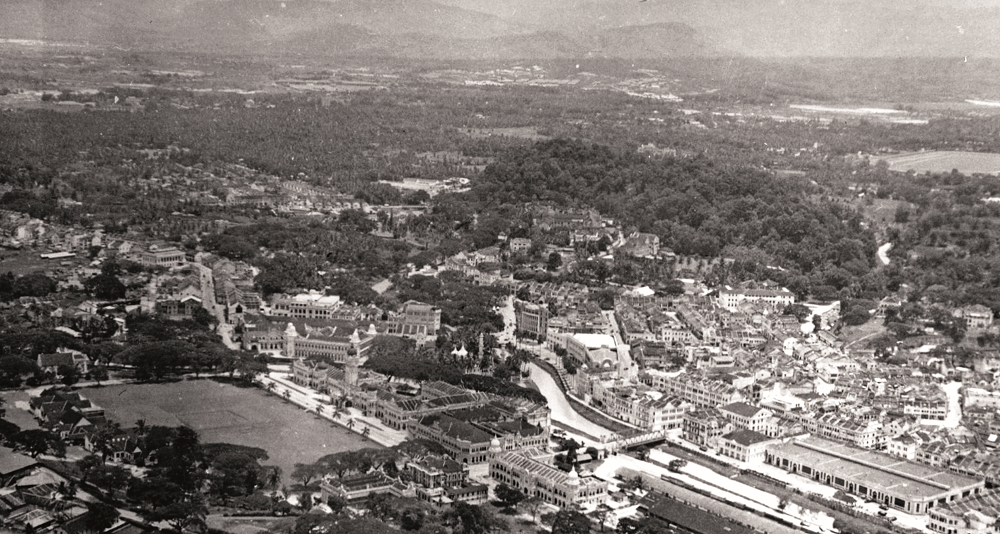
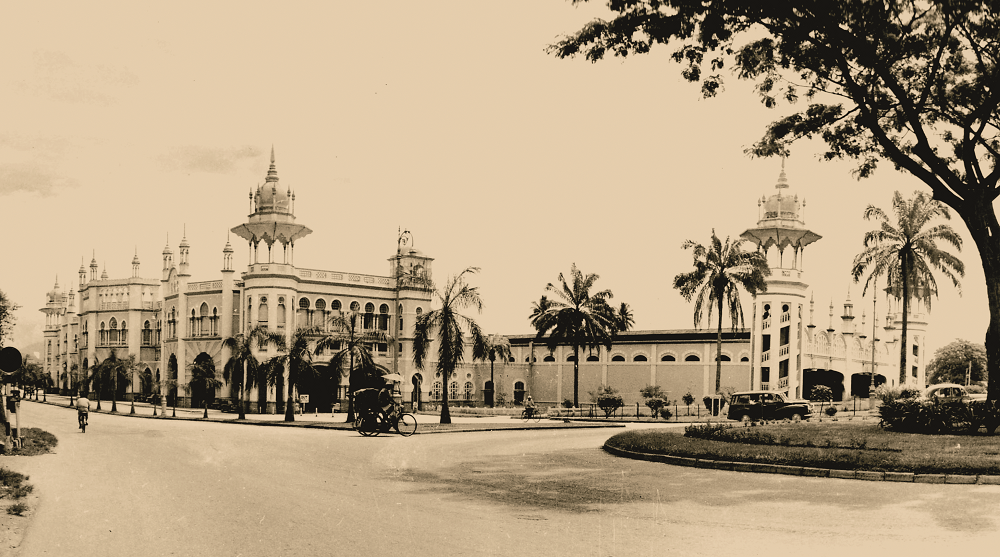
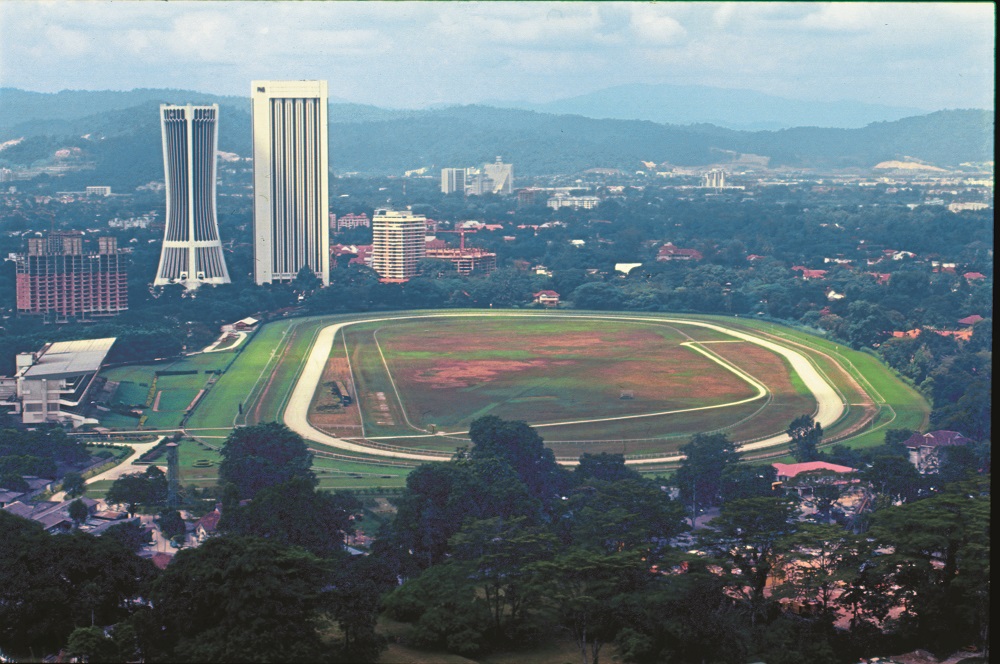
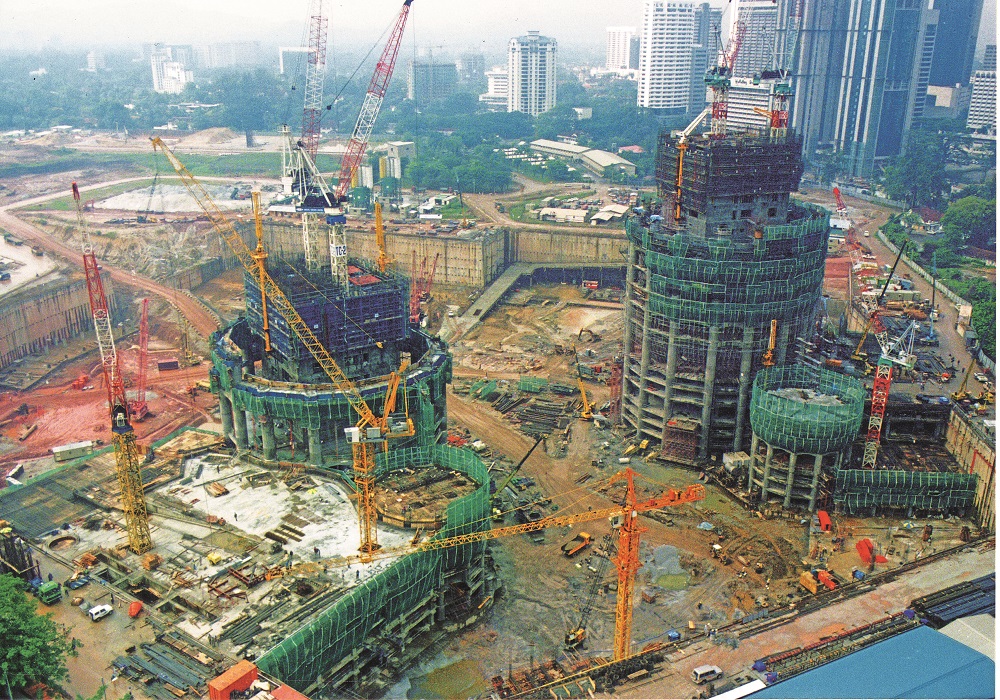


















New York 1880
who cares now KL full of unwanted immigrants…hhh
Cool! Rocco Galloway
Tak mngkin gmbr kl..
Look at the mist behind the village.So nice.Now what we have is Haze.A little sacrifice for development.
Ampang was developed earlier than KL because of tin mining boom. Pudu is still known as “Semi jungle” or “poon san pah” in Cantonese because the earliest arrivals from China had to walk from the main boat landing spot beside the Klang River in the present “Central Market” – through “semi-jungle” to go to Ampang.
KL was initially a transit post. Then, mining was started in Pudu -proof is “Lotus Pond” or “Lien Ngow Tong” – an old mining pool – now the present unfinished building project next to Pudu Raya.
More small trading and business activities were slowly established. There were many sundry shops and medicine shops were set around the “Market” and we soon had Petaling Street. Many banks were also established around the area. The first official British Service Dept were the Police and Health (malaria was the biggest health problem then). So much more to learn about the growth of KL.
As for me, the father of KL should be Donald Trump. Not Yap Ah Loy..lalalala..
This is thought to be where the Benteng is now. That’s certainly the Klang River in the lower left.
So that means after yap ah loy n n others plus perdana menteri dulu yg banyak buat perubahan utk memajukan negara dan anak anak perdana menteri tu la ni bahagialah
Never believed Malaysian historians from day one … they say only what they want you to believe with a hidden agenda.
Evidence wanted evidence planted !
Looks like my house now…in KL.
Malaysian history all rewritten and replaced with craps.
YAP AH LOY !
FORGOTTEN HISTORY !
Correct if I’m wrong. That was the gangster den and prostitution house,right?
Yes headed by jamal jamban’s great grandfather
But but but, who is the photographer ??
Yes, I remember this picture from my Sejarah book.
Setinggan Garden
and he displaced thousands of orang asli in the name of development
atleast there was no genocide of the natives!
well… natives were taken as slaves and some were killed, but probably those days the word ‘genocide’ was not invented yet.
Jalan Chow Kit still look same lah :p
Yes I can!!!
Title shld be: can u believe what a shit hole kl has become?
We no that most of building belong to chinese.in KL
Mohd Radzi Jamaludin
Wish my great grand daddy bought several pieces of land in ampang back then.
I took part in building klcc. Those good old days
Big change
Yes, this era from kapitan yap ah loy, begining from tin mining who knows more than100 years later it’s beyond unrecognisable! so we as Malaysian should be proud and take a lesson from the past and to pass it to ours next generations.
There was no 1mdb on that time. People were so scared to commit any wrongdoings especially in corruption though most of them were credulous and gullible.More than a century later those corruptors, scoundrels and swindlers have become a normal practise. Some of the will be glorified. 🙂
Hajj Awwal Kakoledeon Umar H Uthman
I used to cycle from home to VI through that round about near the railway station in late 60’s.
Roslina Khir Johari
Do u still remember the name of the Principal???
If not mistaken , the land in front of that row of houses or shophouses Could be the present Dataran Merdeka
The land area in the picture belonged to my great great great grandfather.
KL once upon a time
How quick and amazingness the KL evolving and become one of the most modern Cosmopolitan City on earth..
Presently,which area… Bukit Bintang?
Which part of KL is this?
Which part of KL is this….
And the award for the greatest developer of Kuala Lumpur goes to…… Yap Ah Loy!
For goodness sake, not Raja Abdullah that did nothing.
Must be Ali-Baba relationship biz with the then Sultan.
Yap Ah Loy build lesser that what Yeoh Tiong Lay did today. Not even quarter of one single YTL development project. How he can entitled such big award. ?
Fadli Muhammad in my opinion, Yap Ah Loy developed the city from scratch, and he spend most of his years rebuilding Kuala Lumpur from ruins. For once, he rebuilt Kuala Lumpur that went through the civil war of Selangor. Besides, he even rebuilt it again twice after a disastrous flood and a fire that razed the city to the ground. Yap Ah Loy was also the person that started constructing Kuala Lumpur with bricks instead of wood. It is true that his contribution to what we can see today in this city is very limited, but there is no doubt that Yap Ah Loy built the very fundamental part of Kuala Lumpur. Peace
Alexander Pavlovich Romanov HaHa…Salute to my great great grandfather.
Alexander Pavlovich Romanov… you are right. Bulit from scratch is way harder than a developed area. Kudos to Yap Ah Loy
He wasnt alone…and yet he was a kongsi gelap leader…using index finger for commanding? Hahaha…boss or leader anyway?
KL??? Lame…
And they have erased Yap Ah Loy from history text book!!!! I have read his GREAT contribution to building Kuala Lumpur in primary school! Bloody xxx
There’s a road in JB still named after a Chinese fella Wong Ah Fook who developed JB
https://en.m.wikipedia.org/wiki/Yap_Ah_Loy
Wendy Yap … interesting Wendy … YAL was your great great grand dad … can I enquire from which son … would love to learn more about your heritage as I’m embarking on finding our heritage… my FB page is D’tojo Yap … I know his legitimate son Yap Hong Chin had many wives .. if we could keep in touch …cheers
Connie Chong There is still a road named after him in the area I call ‘Little Kathmandu’ now. It is the shortest road in KL located at the start of goldsmiths row. Check it out.
biasa la #Cine kan main suke redah tanah #olang buahahahahaaa
Who develop Kuala Lumpur?
Definitely not your present pm
Yap ah Loy of course!
He is. But not alone.
What yap ah loy do?for sure he is a gengster.if not my mistake la..can anyone correct me
I rather give credit to Loke Yew
https://en.m.wikipedia.org/wiki/Yap_Ah_Loy
He developed KL and his history was in my primary text book in 1975.
And as usual, history that not supposed to be there was erased, in boleh land.
Fadli Muhammad, I think yr opinion is good. I remember reading somewhere that it was Loke Yew who brought electricity in, mainly for his mansion. He was a philanthropist. He built public road. He was honoured with a statue; God only knows where. Saw the picture of the statue. He was amongst the few wealthy ones who came over.
Najib
Thanks!
At that period this land was very ulu compared the advance culture and development in the west.
Tempat melombong bijih. Selangor capital was Klang then.
Much of KL still looks the same…..
most thanks to the chinese immingrants
Forget about it. Who’s Yap Ah Loy? Yeh, we learn about him during our schooling time. Now? He’s erased from the present history lessons.
Only UMNO government dare to do this… MCA, GERAKAN keep quiet. Shame on them!
What are you talking abt? Yap Ah Loy is in our history books. I was a sejarah teacher.
I learnt about Ah Loy the Kapitan China in history class. Different history syllabus in SRJKC ke?
hahaha.. bodoh punya mangkuk.. ur father la has been erased
Isu perkauman sekali lagi dimulakan….mana Ada Cina yal itu di buang dalam buku sejarah. Banyak sangat statement sinis di sini, seolah olah pembangunan hanya di buat oleh satu bangsa sahaja…
There it goes again..
Erased.. Yap ah loy was in my primary text book
Yes i too read it ! Now there is some funny malay name never heard of !
Racist
racist anti Malay
I dont believe
GROWN TO B A CITY
Mariana Isa NADGE
Any proof that its correctly dated?
Dennis Ong Ben Toh Poh Lin Tracy Toh
Thank you!
You must check out this series of books!
Dennis Ong wow. ?? will try
To be fair, what is loosely referred to as KL, is a pretty large land mass…